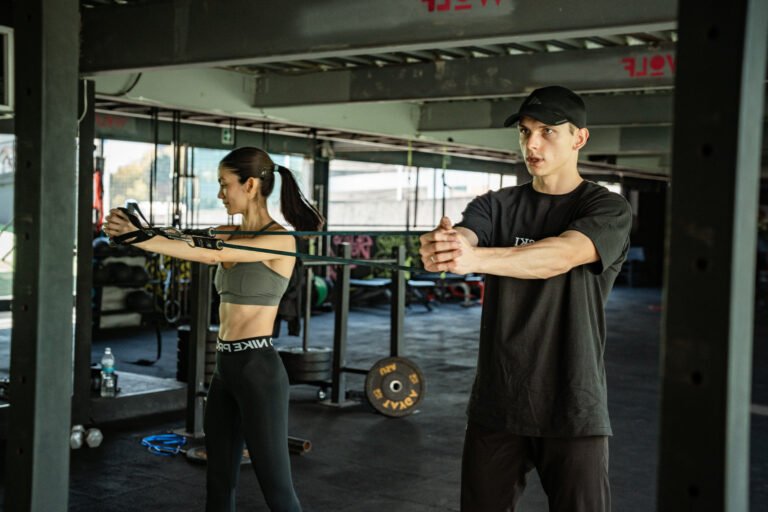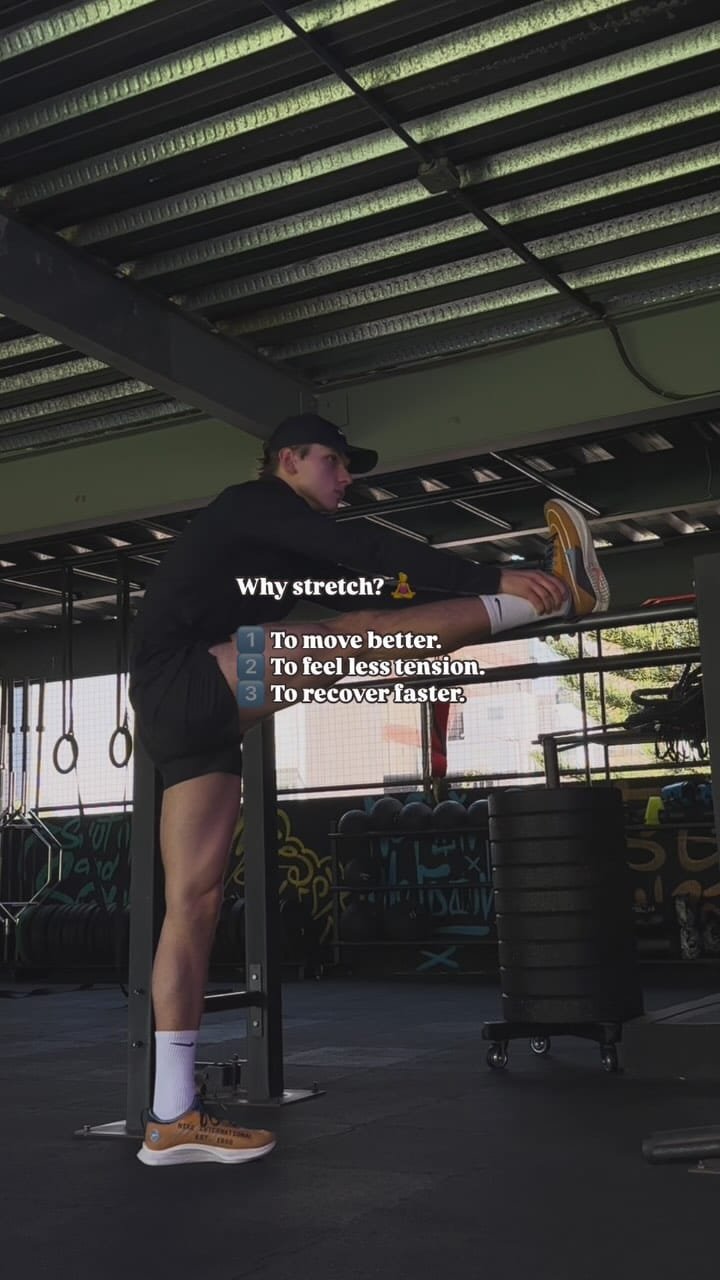How to Effectively Build Core Muscles: Key Principles and Training Strategies
Building core muscles is not just about getting a visible six-pack. A strong core is essential for overall athletic performance, injury prevention, and day-to-day activities. Yet, many people make the mistake of treating their core training differently from other muscle groups, often doing endless repetitions without adding progressive resistance. In this blog, we’ll cover the key principles of effectively building core muscles and provide a structured workout plan for optimal results.
1. Understanding Core Muscles: Why Train Them Differently?
Core muscles, including the rectus abdominis (the "six-pack"), obliques, and deeper muscles like the transversus abdominis, are just as important and just as trainable as any other muscle in your body, like the chest or legs. However, many people approach core training with a different mindset. Often, people assume that high-repetition exercises like crunches or sit-ups are the best way to build strength and definition in their core.

This is a mistake. Think about how you train other muscle groups. You don’t do endless reps with light weights for your chest or legs. Instead, you add resistance, use progressive overload, and aim for structured training. The same logic should apply to your core. Training the core requires a strategic approach, focusing on resistance, progressive overload, and variety. This is the key to maximizing muscle growth and achieving a strong, functional core.

2. Progressive Overload: Key to Effective Core Training
Progressive overload is one of the most crucial principles when it comes to building muscle. The concept is simple: for muscles to grow, they must be gradually exposed to a higher level of stress than they are used to. Core muscles are no different from any other muscle group in this regard. If you’re only doing bodyweight exercises with high reps, your muscles will eventually adapt, and growth will plateau.
So, how do you apply progressive overload to core training?
Increasing Resistance:
One of the most effective ways to progressively overload your core is by adding resistance. Start with exercises that allow you to add weight, like cable crunches, hanging leg raises, or weighted woodchoppers. Gradually increase the weight as you get stronger.Increasing Repetitions:
If you can’t increase the weight, another method is to increase the number of reps. For example, if you’re able to complete 12 reps in a set, aim for 13 or 14 the next week. For core exercises, rep ranges between 10-20 reps are optimal, as they allow for both hypertrophy (muscle growth) and endurance.Increasing Time Under Tension:
Slowing down the tempo of an exercise is a great way to increase the time under tension (TUT), which forces your muscles to work harder. For instance, lowering your legs more slowly during a hanging leg raise or adding a pause at the bottom of a cable crunch will increase the muscle’s work capacity.Improving Form and Execution:
As you add weight or increase reps, be sure to focus on proper form. Poor technique reduces the effectiveness of the exercise and can lead to injury. Always strive for perfect execution to get the most out of your training.
3. Weekly Core Workout Plan: Exercises and Progression
To build strong and defined core muscles, it’s important to follow a structured plan with progressive overload. Below is a 4-week workout plan that you can follow twice a week. Each session should include three core exercises. As the weeks progress, aim to increase the weight or the number of reps for each exercise to challenge your muscles.
Workout 1 (Day 1):
Cable Crunches – 3×10-12 reps
Start with a moderate weight and gradually add more as you progress. Focus on full contraction and control throughout the movement.Hanging Leg Raises (Back Supported) – 3×10-12 reps
Control the movement and focus on engaging the lower abs. Increase the number of reps or raise your legs higher as you progress.Cable Woodchoppers (Kneeling or Standing) – 3×12-15 reps per side
This rotational movement targets your obliques. Gradually add weight or increase reps each week.
Workout 2 (Day 2):
Repeat the same exercises as Day 1, but aim to add one rep or a little more weight compared to your first workout. Remember, the goal is gradual progression over time.
Rest and Recovery
Allow at least two days of rest between workouts to give your muscles time to recover. Three core training sessions per week are sufficient for muscle growth without overtraining.
After 4 Weeks:
Once you complete the 4-week program, switch up the exercises to keep your muscles challenged. You can replace cable crunches with weighted ab rollouts, hanging leg raises with hanging knee raises, and cable woodchoppers with resistance band rotations. The key is to maintain progressive overload while incorporating new exercises to prevent plateaus.

4. Compound Lifts and Core Engagement: The Crucial Connection
While direct core exercises are essential for muscle development, don’t forget that compound lifts like squats and deadlifts are also fantastic for engaging your core. These exercises require significant core stability to maintain proper posture and form under load. As you increase the intensity of these lifts, your core will naturally become stronger.
Deadlifts for Core Stability
The deadlift is a total-body exercise that heavily engages the core. Proper form during the deadlift requires a strong, stable core to prevent injury and maintain control of the movement.Squats and Core Engagement
When performing squats, your core has to work overtime to stabilize your spine and torso. Whether you’re doing back squats, front squats, or overhead squats, your core plays a critical role in maintaining balance and posture.How Compound Movements Supplement Core Work
By including deadlifts, squats, or even overhead presses in your training routine, you’ll naturally improve core strength. This makes compound exercises an excellent complement to your direct core training.
5. Mistakes to Avoid in Core Training
To maximize the effectiveness of your core workouts, avoid the following common mistakes:
Overtraining and Doing Too Many Reps
Performing endless crunches or sit-ups won’t lead to greater results. Focus on quality, not quantity. It’s better to do fewer, more intense sets with proper form.Neglecting Progressive Overload
Without progressively increasing the resistance or reps, your muscles will stop adapting. Gradual increases in intensity are essential for growth.Poor Form and Execution
Performing exercises with sloppy form reduces their effectiveness and increases the risk of injury. Always prioritize technique.

6. How to Integrate Core Training into Your Routine
Core training can be integrated into your regular workout routine by training your core 2-3 times a week, with rest days in between. You can pair core training with other muscle groups or incorporate it into your full-body workouts. The key is consistency and progression.
Conclusion
Building a strong, defined core requires more than just doing countless crunches. By following a structured, progressive approach to core training and focusing on resistance, form, and variety, you can see significant improvements in your core strength and muscle definition. Remember, the core is not just about looks; it’s about functionality and stability, which plays a crucial role in overall athletic performance and injury prevention. Stick to the plan, progressively overload, and most importantly, be patient with your progress.








